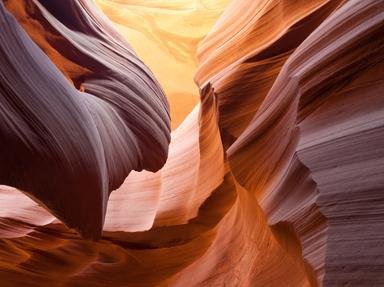
Between a Rock and a Hard Place Quiz
There are three major types of rock: sedimentary, igneous, and metamorphic. I'll give you a list of rocks, and your task is to decide which type they are.
A classification quiz
by Kankurette.
Estimated time: 3 mins.
- Home
- »
- Quizzes
- »
- Science Trivia
- »
- Earth Science
- »
- Geology